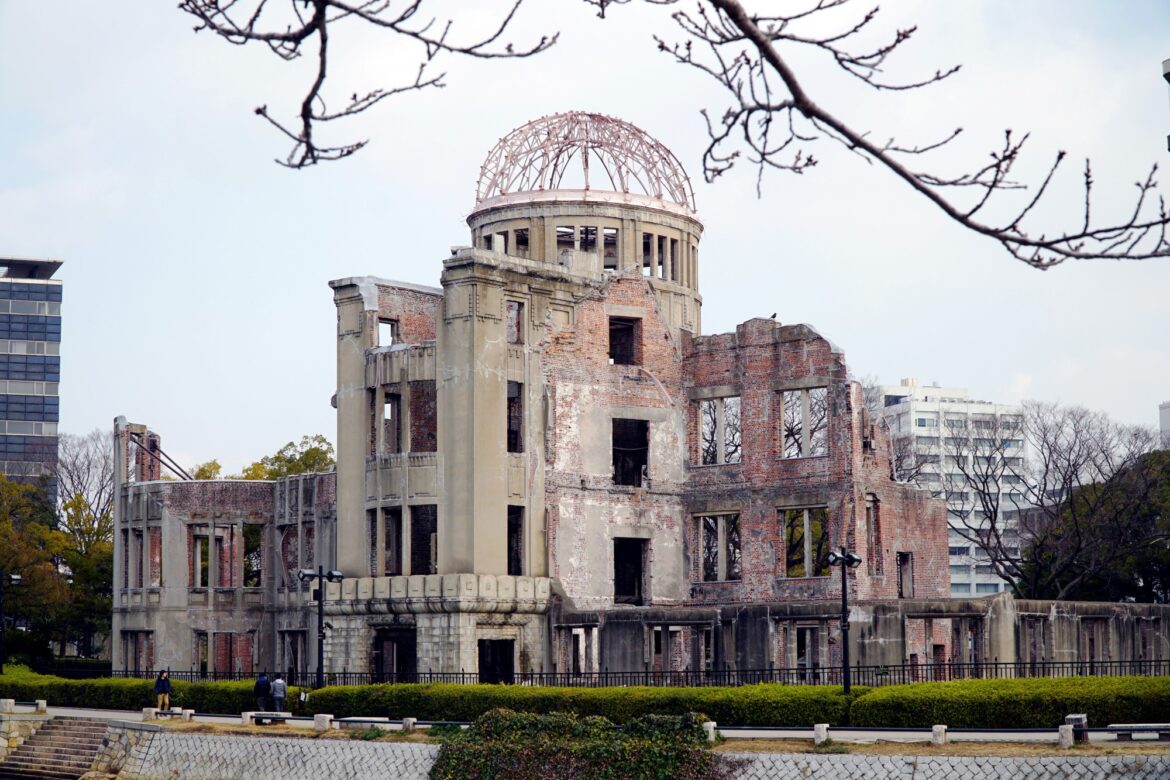The atomic bombings of Hiroshima and Nagasaki in August 1945 represent one of the most cataclysmic events in human history, intrinsically altering the course of global affairs and human consciousness. The aftermath of these bombings witnessed not only the physical destruction of cities but also an unparalleled upheaval in the moral and ethical paradigms surrounding warfare, a topic that resonates deeply within Christian theology. As we delve into the visual narratives that encompass this tragic episode, we must consider the broader implications on faith, humanity, and the philosophical and theological reflections they inspire.
Visual documentation of Hiroshima and Nagasaki post-atomic bombing reveals an unthinkable landscape of devastation. The immediate aftermath displayed a surreal tableau of obliterated buildings, barren land, and horrific human suffering. Amidst the destruction, the haunting images of iconic structures, such as the Hiroshima Atomic Bomb Dome, serve as manifest symbols of resilience in the face of catastrophic adversity. Captured photographs narrate tragic tales and present an image of destruction that confronts viewers with painful realities. These images invite reflection on theodicy—the theological endeavor to reconcile divine goodness with the existence of evil in the world.
First and foremost, the imagery underscores the sheer scale of human suffering experienced in the wake of the atomic bombings. According to historical accounts, over 140,000 individuals perished in Hiroshima by the end of 1945, while Nagasaki witnessed similarly devastating casualties. These stark figures evoke profound sorrow and a sense of urgency regarding the Christian mandate for compassion and empathy towards victims of violence and tragedy. The grievous fate of the hibakusha, or atomic bomb survivors, highlights the persistent need for active ministry, extending a hand of solace to those encountering the long-term traumas of such events.
The essence of Christian doctrine admonishes believers to observe the dignity of every individual, echoing biblical tenets of love, mercy, and justice. The visual records of Hiroshima and Nagasaki crystallize the fundamental conflict between human technological advancement and ethical responsibility. Where does the responsibility lie, in the face of unprecedented destruction? Deeply rooted in theological inquiry, these questions challenge church leaders, ethicists, and believers to engage rigorously with contemporary moral dilemmas surrounding warfare and the proliferation of nuclear weapons.
Moreover, these images compel us to wrestle with the implications of the doctrine of original sin. The devastation wrought upon these cities can be framed as an embodiment of humanity’s capacity for destruction and moral failure. The Christian narrative anchors itself in the possibility of redemption and restoration, prompting contemplation on how communities are called to rise from the ashes of tragedy. Through the lens of photos and firsthand accounts, stories of communal strength emerge, illustrating the undeniable human spirit to rebuild and heal.
Furthermore, the juxtaposition of physical desolation with collective hope highlights the transformative potential inherent in post-traumatic recovery. Churches and faith-based organizations played an essential role in providing aid and solace in the aftermath of the bombings. The Christian community’s response, characterized by acts of charity and altruism, echoes the sacrificial love exemplified by Christ. This theme of resurrection from destruction is poignantly captured in the stories of those who persevered, became advocates for peace, and tirelessly worked toward reconciliation and understanding amidst erstwhile enmity.
From a broader theological perspective, the stark visuals from Hiroshima and Nagasaki beg vital theological discourse on the concept of peace. Is it enough to mourn tragedy, or must we become proactive agents in the pursuit of sustainable peace? The Christian perspective challenges adherents not just to reflect on suffering but to pursue a pathway illuminating justice, reconciliation, and global solidarity. In a world still wrestling with the threat of nuclear conflict, faith communities are uniquely positioned to be voices of peace and advocates for non-violence.
Furthermore, these somber images catalyze a discourse around forgiveness—a potent yet complex Christian principle. In the aftermath of profound destruction and loss, the question arises: How can one forgive such atrocities? This query is no simple matter; rather, it invites sustained reflection, wrestling with emotions of grief and anger while pursuing a higher calling towards reconciliation. The testimonies of survivors, shared through various media, illuminate the nuanced journey towards forgiveness and healing, emphasizing that the path is fraught with challenges yet rich with the potential for personal and communal transformation.
The role of art and remembrance also emerges prominently in this conversation, as communities create memorials to honor those who suffered and to educate future generations. Visual representations serve not only as a cathartic response but as reminders of the collective historical conscience that must be nurtured. These memorials embody a prayerful recognition of the losses endured and embody a commitment to prevent history from repeating itself.
In conclusion, the aftermath of atomic devastation in Hiroshima and Nagasaki extends beyond mere historical documentation; it serves as a profound call to theological reflection and urgent action motivated by faith. The pictures encapsulate horror, suffering, hope, and resilience, offering fertile ground for discourse on the complexities of human nature, ethical responsibility, and the imperative of peace. For Christians, these reflections urge a renewed commitment to embody the principles of love and forgiveness, challenging individuals and communities to transform their grief into action that honors the memory of those lost by advocating for a just and peaceful world.



